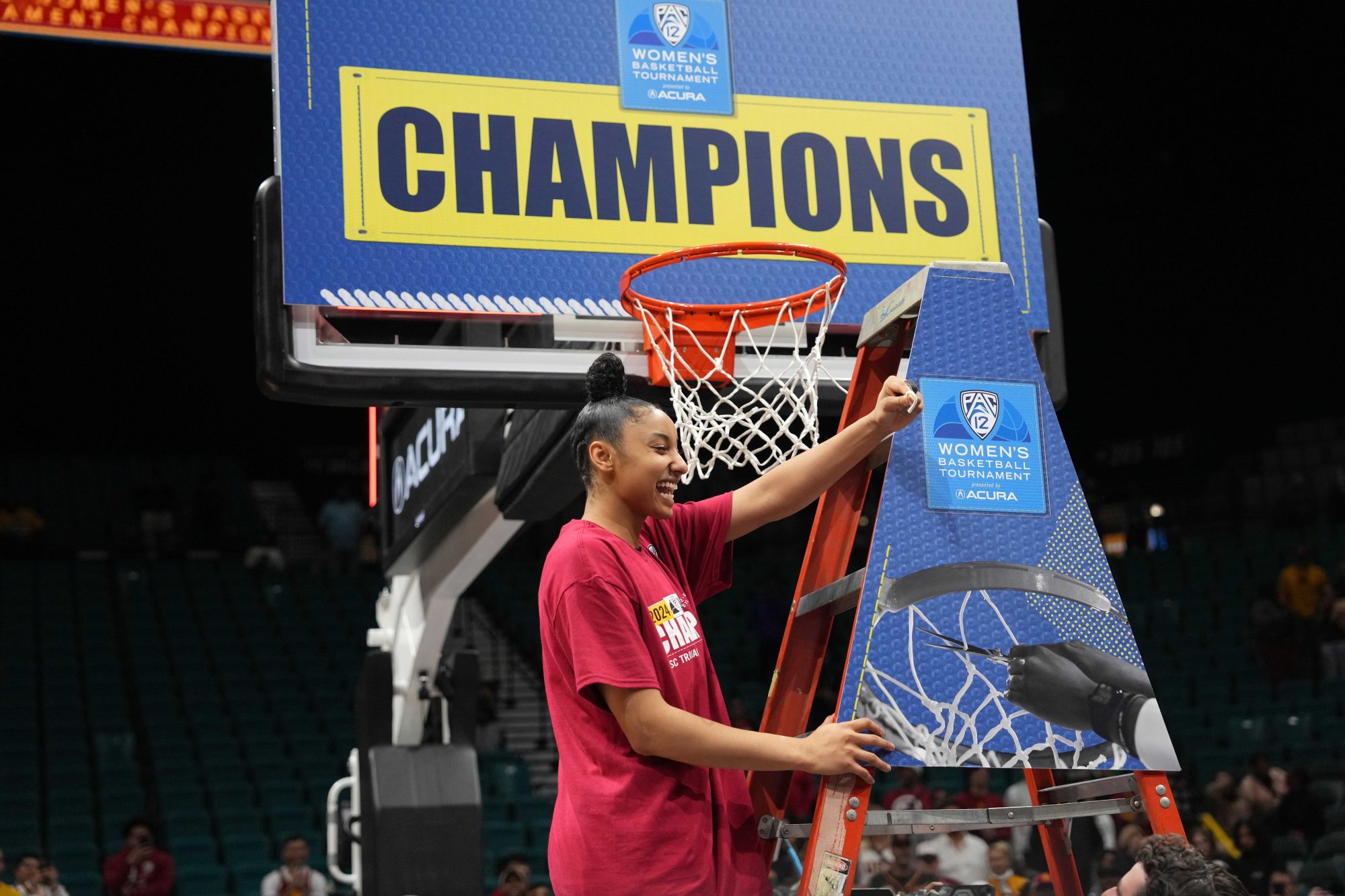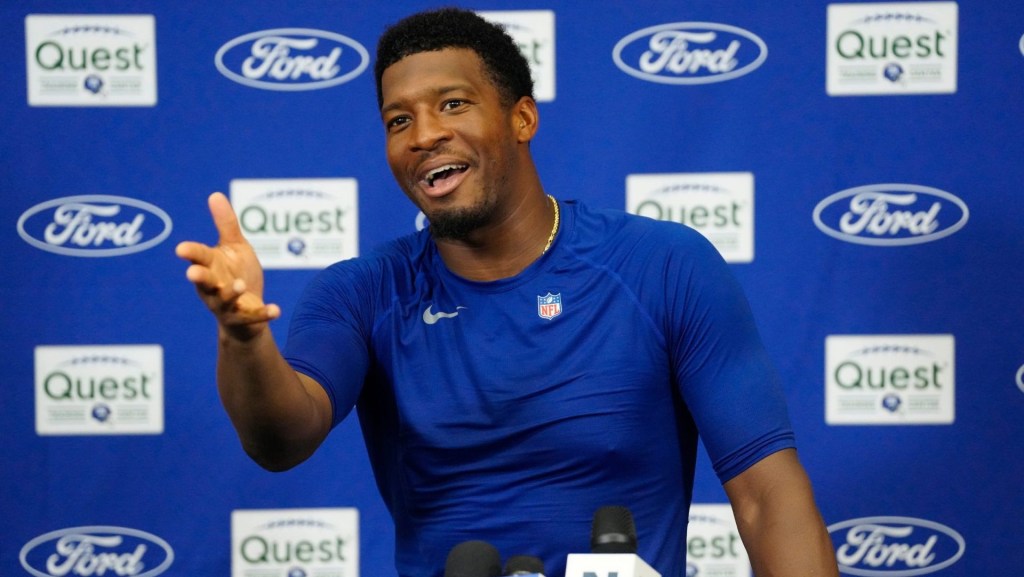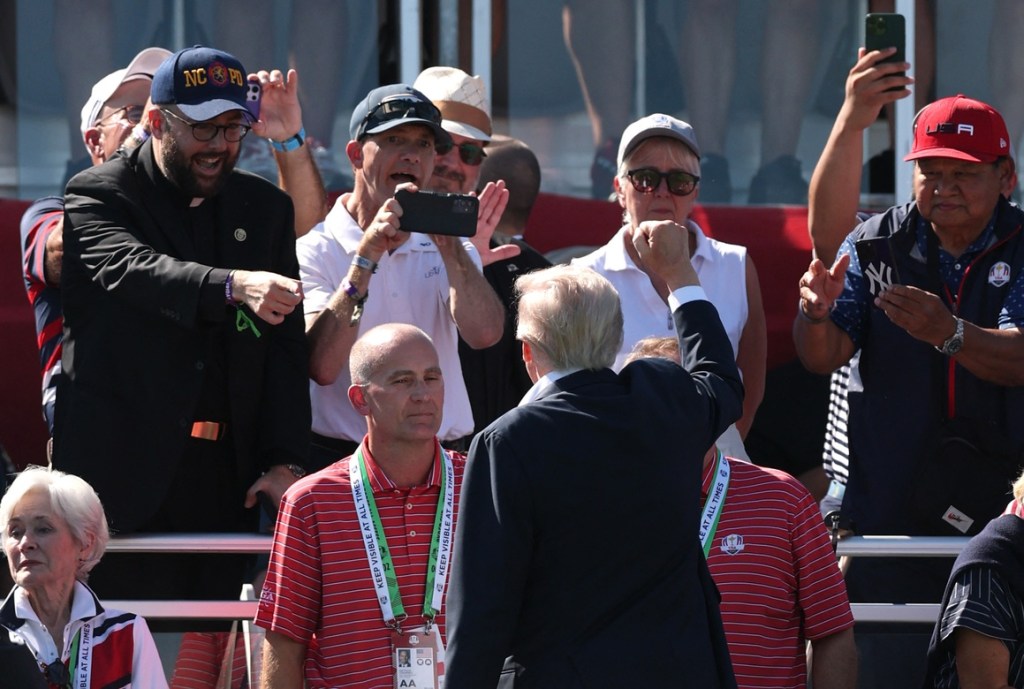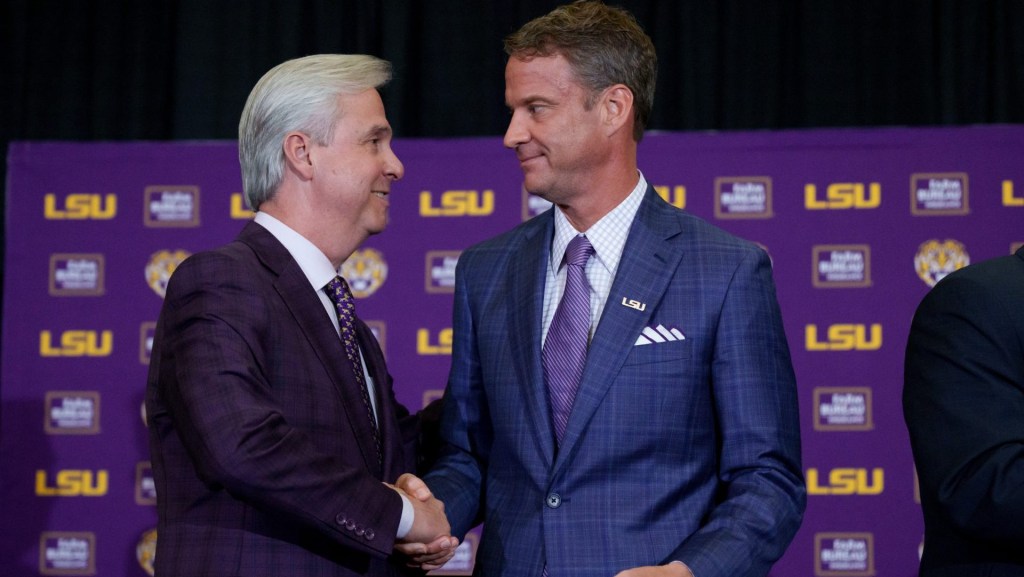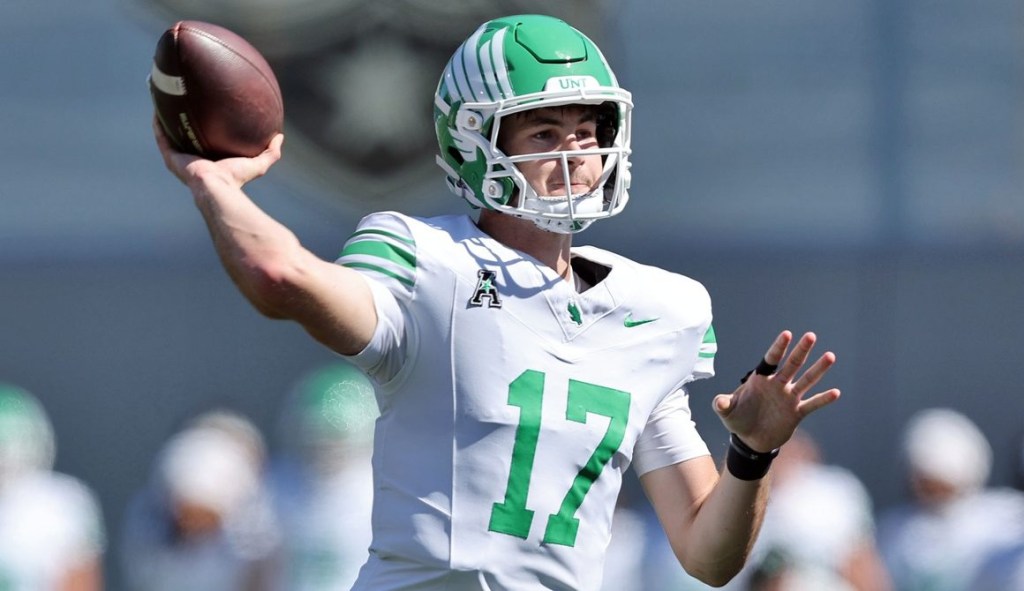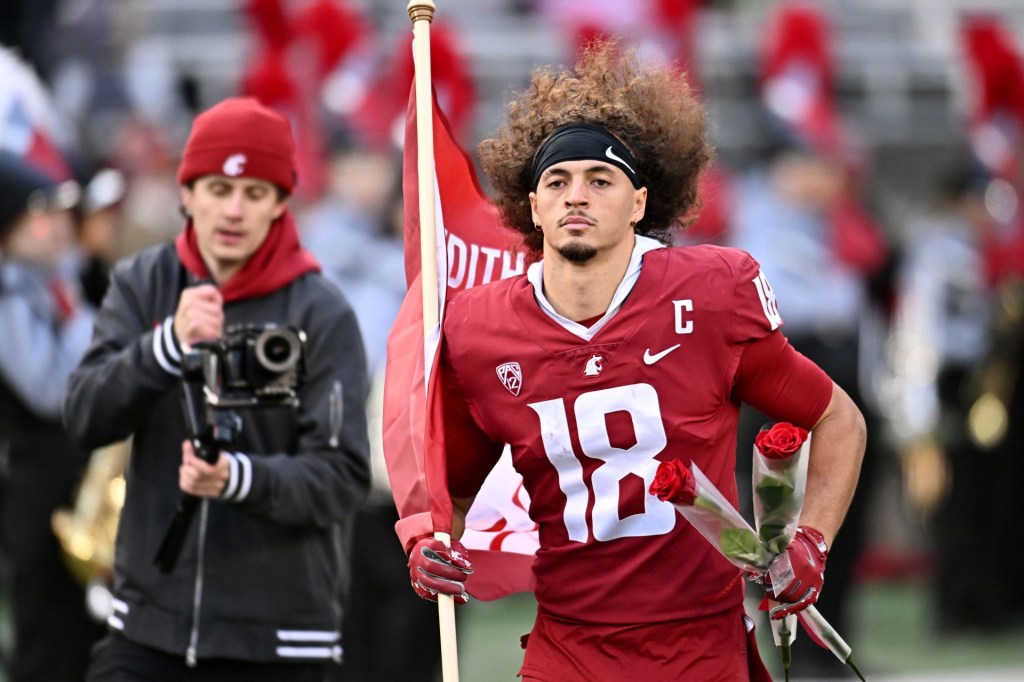The head women’s basketball coaches in the Pac-12 are in a group chat, which has become a virtual celebration this past week, as all seven teams that made the NCAA women’s tournament advanced to the round of 32.
“You would not believe the text messages that were on there yesterday going into the NCAA tournament—the universal respect, admiration, and support that these coaches have for each other,” Pac-12 commissioner Teresa Gould told Front Office Sports last Thursday. (Gould is still in the group chat from her time as the deputy commissioner overseeing women’s basketball.)
While the coaches are always supportive, winning has taken on a new meaning this March. The conference has largely been considered a failure from a business standpoint—and, as a result, is playing its final basketball postseason as we know it before it breaks apart this summer. Ten of the conference’s current schools will head to three different leagues in pursuit of football-driven media dollars. The only women’s NCAA tournament team that will bear the Pac-12 logo next season is Oregon State. (The Beavers, as well as Washington State, have entered into a scheduling partnership with the West Coast Conference for sports besides football and baseball.)
Emphasizing women’s basketball was no accident. Gould has overseen this project since 2018, when she first joined the Pac-12 Conference office. (She had previously spent 14 years in the athletic department at Cal.)
“It was an intentional strategy … at a time when, as you know, it was kind of Stanford and everybody else,” she says. “Our conference leadership said we need to invest. We need to have an aligned plan.” Gould said Stanford coach Tara VanDerveer, the winningest coach in college basketball history, led the charge. Athletic directors in the conference were also supportive.
The Pac-12 already had experienced and respected coaches like VanDerveer and UCLA’s Cori Close but was able to bulk up its arsenal with the arrival of newcomers like Lindsay Gottlieb, who has led USC to a Sweet 16 in only her third season at the school.
The Pac-12 Networks have been heavily criticized as a failed enterprise in college sports media given significant cable distribution issues. But Gould says it “made a huge difference for women’s basketball”: It allowed for the entire league slate of women’s hoops games to gain exposure on linear television, considered a rarity for most conferences even now.
A strategic league-wide nonconference scheduling policy played a major role in postseason prowess, Gould said. A team’s nonconference slate is often considered the secret sauce to earning a spot in the NCAA tournament.
All of these factors assisted with recruiting, the lifeblood of any college sports program. The conference wanted to own the West Coast: Any homegrown talent should be able to find a competitive and successful home with a Pac-12 school. USC freshman JuJu Watkins, who went to high school at Sierra Canyon with fellow USC hooper Bronny James in Los Angeles, is an example of a critical win the conference may not have had 10 years ago.
This structural commitment to the sport allowed it to thrive through the tenure of previous commissioner George Kliavkoff, who made it clear from Day 1 that football and men’s basketball were his main priorities. (“We know where the bread is buttered,” he said during his introductory press conference.) Kliavkoff served the Pac-12 from the spring of 2021 all the way until Feb. 29 of this year, when he was ousted after presiding over the conference’s unraveling.
Ultimately, Kliavkoff, his predecessor Larry Scott, and several culpable university presidents will have caused the breakup right when women’s Pac-12 basketball, as well as the sport as a whole, is peaking. This year, five teams have advanced to the Sweet 16. (Utah, one of the two schools knocked out before the Sweet 16, were victims of racist hate crimes during the first and second rounds—which could have impacted their on-court performance.)
Television ratings and attendance records have already skyrocketed for this tournament on the heels of multiple years of exponential increases. And this past January, the NCAA inked a media-rights renewal with ESPN that valued the women’s tournament at $65 million a year, more than twice what it was worth in the last contract. Talk about buttering bread.
What will college sports lose without Pac-12 women’s basketball? For fans, the historic conference rivalries. For coaches, their community. And while there’s no doubt that the new media deals offered to current Pac-12 schools will rise above the conference’s final offer, there’s an opportunity lost for capitalizing on the conference’s women’s hoops product as a whole.
The breakup of the 108-year-old conference is obviously a major loss from a recruiting standpoint. Gould says that multiple women’s basketball players have told her that they signed up specifically to play in the Pac-12. “Some of that is brand recognition,” Gould says. “Some of that is the prominence of these universities collectively on the West Coast—and some of it are more personal factors.” The campuses themselves, of course, will stay in their current locations. But opponents (as well as potentially grueling travel for players and any accompanying family members) will extend across the U.S.
After the schools leave, Gould hopes the coaches’ group chat will still continue. “We built something really special in this sport,” she says of the community. “I think that was one of our superpowers.”
